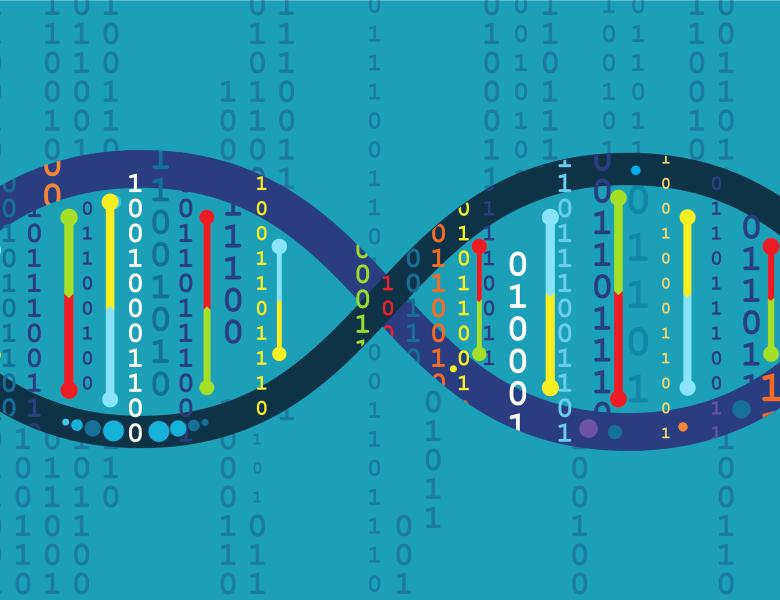
Abstract
Germline mutations are the source of all heritable variation. Understanding the rate and mechanisms by which mutations occur is of paramount importance for studies of human genetics (to interpret heritable disease prevalence) and evolutionary biology (to date evolutionary events). Over the past decade, there has been a flood of data in genomics––within pedigrees, among populations and across species––that is fundamentally revising our understanding of the process of mutagenesis. In my talk, I will first briefly summarize the key findings from these different datasets and then discuss recent findings investigating differences in mutation rate and spectrum (i.e., proportions of different mutation types) across human populations. To investigate inter-population differences, we developed a framework to compare polymorphisms that arose in different time windows in the past while controlling for the effects of selection and biased gene conversion. Applying this approach to high-coverage, whole genome sequences from the 1000 Genomes Project, we detect significant changes in the mutation spectrum of alleles of different ages, notably two independent changes that arose after the split of the ancestors of African and non-African populations. We also find that the mutation spectrum differs significantly between populations sampled in and outside of Africa at old polymorphisms that predate the out-of-Africa migration; this seemingly contradictory observation is likely due to mutation rate differences in remote ancestors that contributed to varying degrees to the ancestry of contemporary human populations. Finally, by relating the mutation spectrum of polymorphisms to the parental age effects on de novo mutations, we show that plausible changes in the age of reproduction over time cannot explain the joint patterns observed for different mutation types. Thus, other factors--genetic modifiers or environmental exposures--must have had a non-negligible impact on the human mutation landscape.


